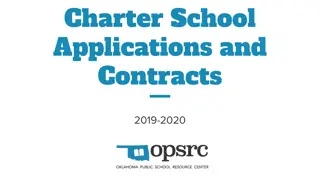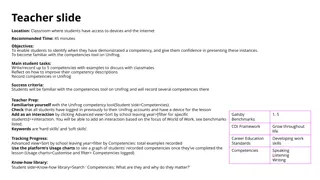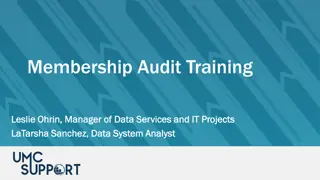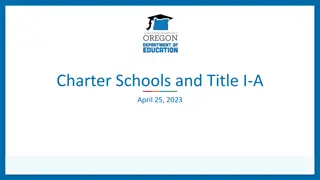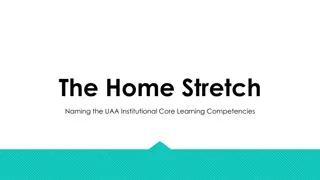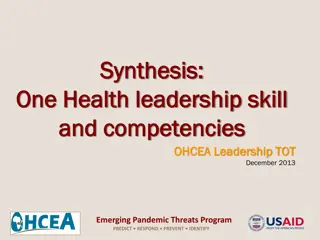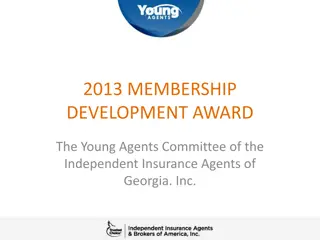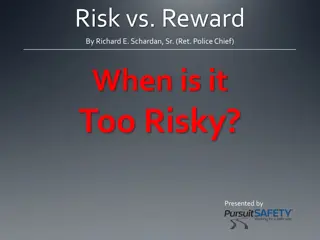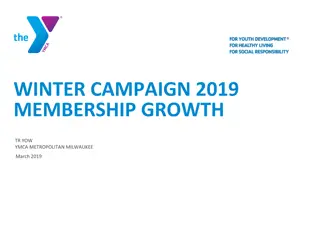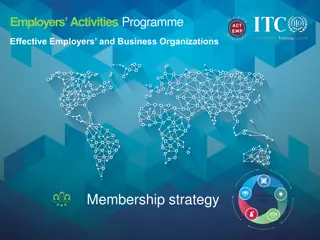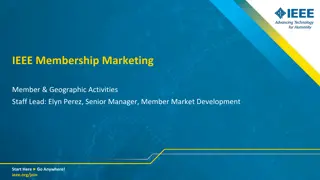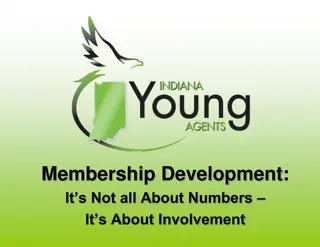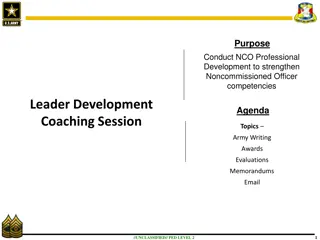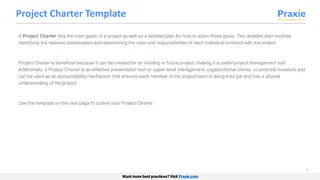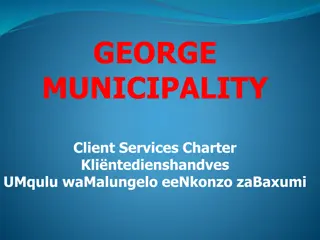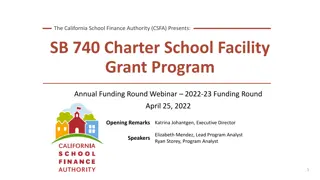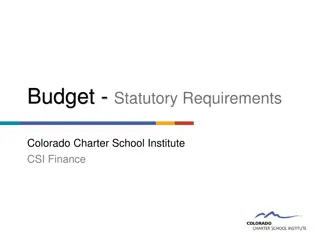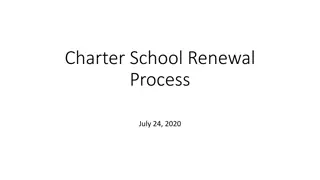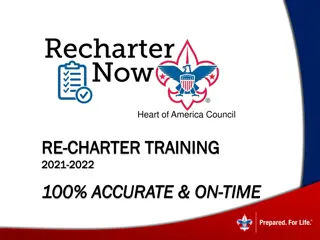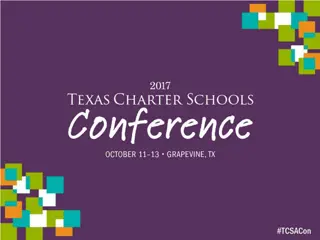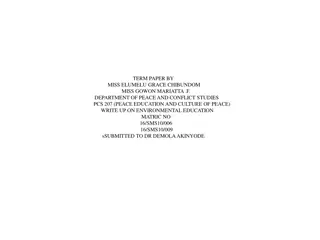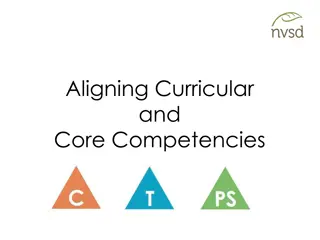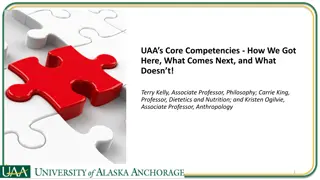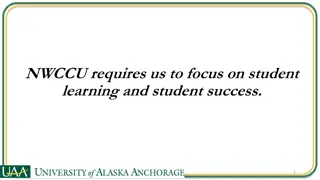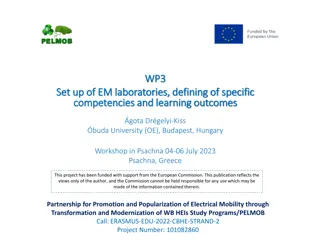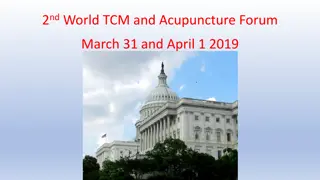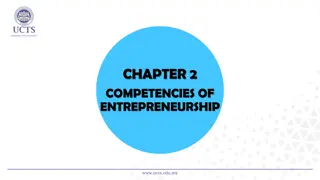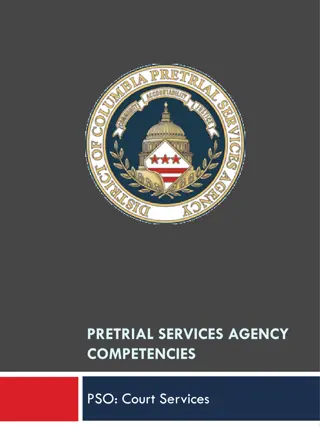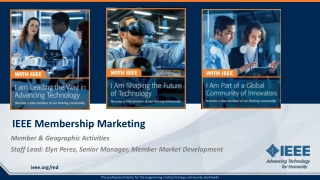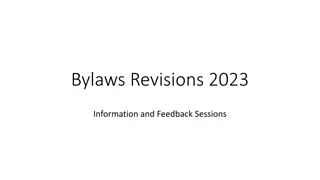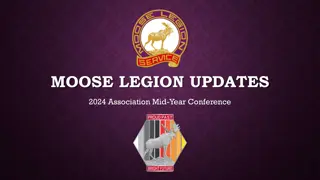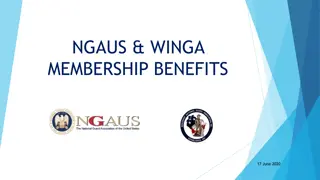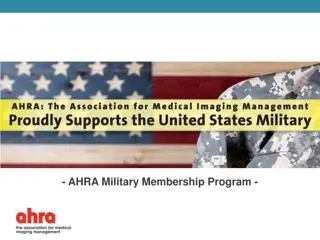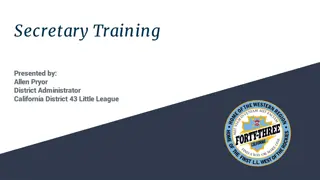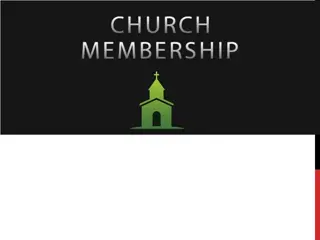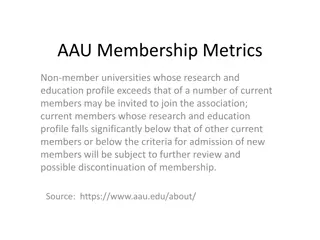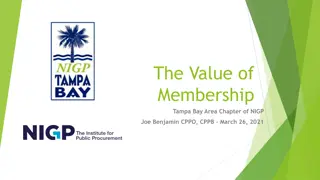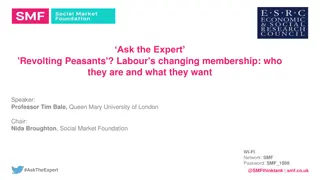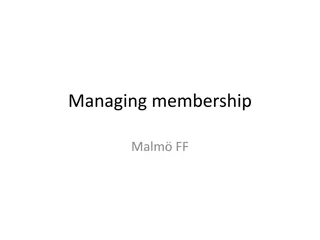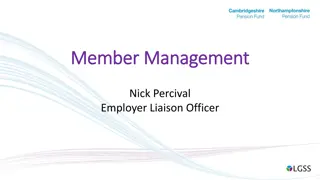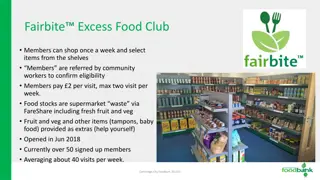Enhancing Environmental Competencies for Charter Membership Pursuit
Explore the CChartership Competencies Part 3 Breakfast Webinar Series led by Iain Stevenson, aiming to encourage experienced Graduate Members to pursue Chartered Membership. Dive into analyzing and evaluating environmental and water problems, addressing key questions, and real-world examples. Join the voluntary scheme to enhance your skills and knowledge in the field.
Download Presentation

Please find below an Image/Link to download the presentation.
The content on the website is provided AS IS for your information and personal use only. It may not be sold, licensed, or shared on other websites without obtaining consent from the author. Download presentation by click this link. If you encounter any issues during the download, it is possible that the publisher has removed the file from their server.
E N D
Presentation Transcript
C Chartership competencies Part 3| Breakfast Webinar Series Iain Stevenson
Welcome About Me and the other presenters About the Branch and Group Our aim this year To encourage more of our experienced Graduate Members and Colleagues to pursue their Chartered Membership.
Previous Sessions are on the CIWEM website this session will be too!
The Scheme What it is: A voluntary scheme Run by the branch Every week for the next 9 weeks - Note on D1 Communicate in English and E2 Commitment to CIWEM you re on your own for these ones! What it isn t No guarantee of membership Self assembly is required
B1 Ability to analyse and evaluate environmental and/or water problems. You may wish to identify a project or a piece of work for which you have had responsibility (e.g. community / user / infrastructure / environment / economic / compliance) demonstrating that you understand why the work is needed and the implications of potential solutions. Undertake research (site surveys / mapping / desktop research) to demonstrate you have considered the implications of potential solutions, including the legislative, social, historical, ecological, environmental and/or financial as appropriate, this will include all stakeholders perspectives (client / public / regulators / users).
B1 Key Questions What was the problem or opportunity you needed to address? What research/investigation did you carry out? What were the main factors (including topography, other services, funding, hydrology, compliance standards etc.) which needed to be considered in investigating the problem and considering potential solutions? Who were the stakeholders? How did you consult with key stakeholders? How did you ensure that the nature and extent of the problem was fully understood? Did you prepare and agree a brief for investigatory work? When evaluating problems, what is the importance of professional neutrality?
B1 Examples Example 1 Following an asset failure I am leading a national review of the performance of a particular asset type. Circulated a questionnaire to 2,500 asset owners (design, guidance, mitigating measures to reduce any flood risk Used the data to develop a 40M investment plan to replace these assets. While developing this plan I consulted with colleagues with responsibilities in the field but also lead contacts for MEICA, legal, procurement and estates teams before presenting to directors. I used a range of consultation techniques from face to face meetings, site visits and mass webinars. Once the directors approve the approach, I will prepare a brief for delivery in the form of a business case.
B1 Examples Example 2 I am often called to analyse and evaluate both environmental and water problems in the Strategic Flood Risk Assessments (SFRA) I undertake. This work involves analysing flood risk from multiple sources to evaluate the many competing development sites within a Local Authority (LA) to identify more suitable sites for development that would not increase flood risk elsewhere. I do this by employing a range of methods including practical review of historic flooding, and review of the predicted flood risk to all areas based on theoretical assessment. Used to promote an environmental perspective to planners and developers and to such as the work. I effected behavioural and cultural change by demonstrating the opportunities that integration of SuDS and water sensitive urban design principles into developments
B1 Examples Example 3 I reviewed Hydrological Risk Assessments (HRA s) and developed conceptual hydrogeological models following a field and desk based review to understand the associated risks and suitable mitigation measures. For example planned pile bridges had the potential to cause turbidity during construction so understanding borehole proximity, operational status, regional and local groundwater flow directions and aquifer transmissivity Enabled me to make recommendations including the need for a monitoring strategy, avoiding peak demand summer periods and working with operations to use alternate supply sites temporarily during construction.
B1 Examples Example 4 Drought conditions and flooding events put the deployable output from their Water Company assets at risk. I project managed, field-tested and calibrated a Strategic Main Network Model for Severn Trent Water (STW). Included the Mythe Water Treatment Works (WTW) in Tewkesbury that has suffered from a number of severe flooding incidents. Covered a large geographical area and large number of stakeholders. Required a lot of liaison and coordination with WTW site owners, county distribution/supply and trunk main teams. A challenging aspect of the project was working around the STW teams daily tasks. This caused a number of changes to the programme. The logging sites posed differing risks and environments - specific, clear and precise risk assessments and method statements The aqueducts high-pressure mains were critical to STW, so great care had to be taken not to disrupt STW s operations. A number of trunk mains ran along main roads (including dual carriageways). Consider road safety and traffic management. Enabled STW to simulate strategic operations and later merge with other models to create a larger strategic grid model.
Cross referencing other accreditations Related professional registrations While looking at B1 you may want to consider incorporating the following related professional regulations for Chartered Env/Eng/Sci. (CIWEM, B1) Ability to analyse and evaluate environmental and/or water problems. (CSci, A2) Use theoretical and practical methods in the analysis and solution of problems. (CSci, B1) Plan and organise projects effectively (CEnv, A3) Analyse and evaluate problems from an environmental perspective, develop practical sustainable solutions and anticipate environmental trends to develop practical solutions.
Activity Today Discuss with your peers (or on the forum once set up): Identify a project or a piece of work for which you have had responsibility Why was the work needed and the what were the implications of potential solutions What research did you consider regarding the implications of potential solutions Who were the stakeholders and what was their perspectives When evaluating problems, what is the importance of professional neutrality?
Activity this week Spend 15 mins answering the key questions discussed today Prepare 5 bullet points to evidence your ability to analyse and evaluate environmental and/or water problems
Tips Always write in the first person CIWEM are only interested in what you have done, not what your team has done. Be honest about what you have contributed to a project Understand why you are doing a particular tasks what is the bigger picture? Be concise Remember what you have written Don t limit your self to experience at current employer or paid employment
Personal Tips Continually work on your submission don t go crazy for a week and then leave it for 6 months. Slow, steady and consistent. Set a (realistic) date for submission there are 6 application deadlines a year. Don t sit back Get involved. Say Yes to opportunities. Look for how you can diversify. Track your CPD continually
C Chartership competencies Part 4 | Breakfast Webinar Series Jack Southon Please fill in the Survey if helps improve the series Please book 24 hours before the next session



